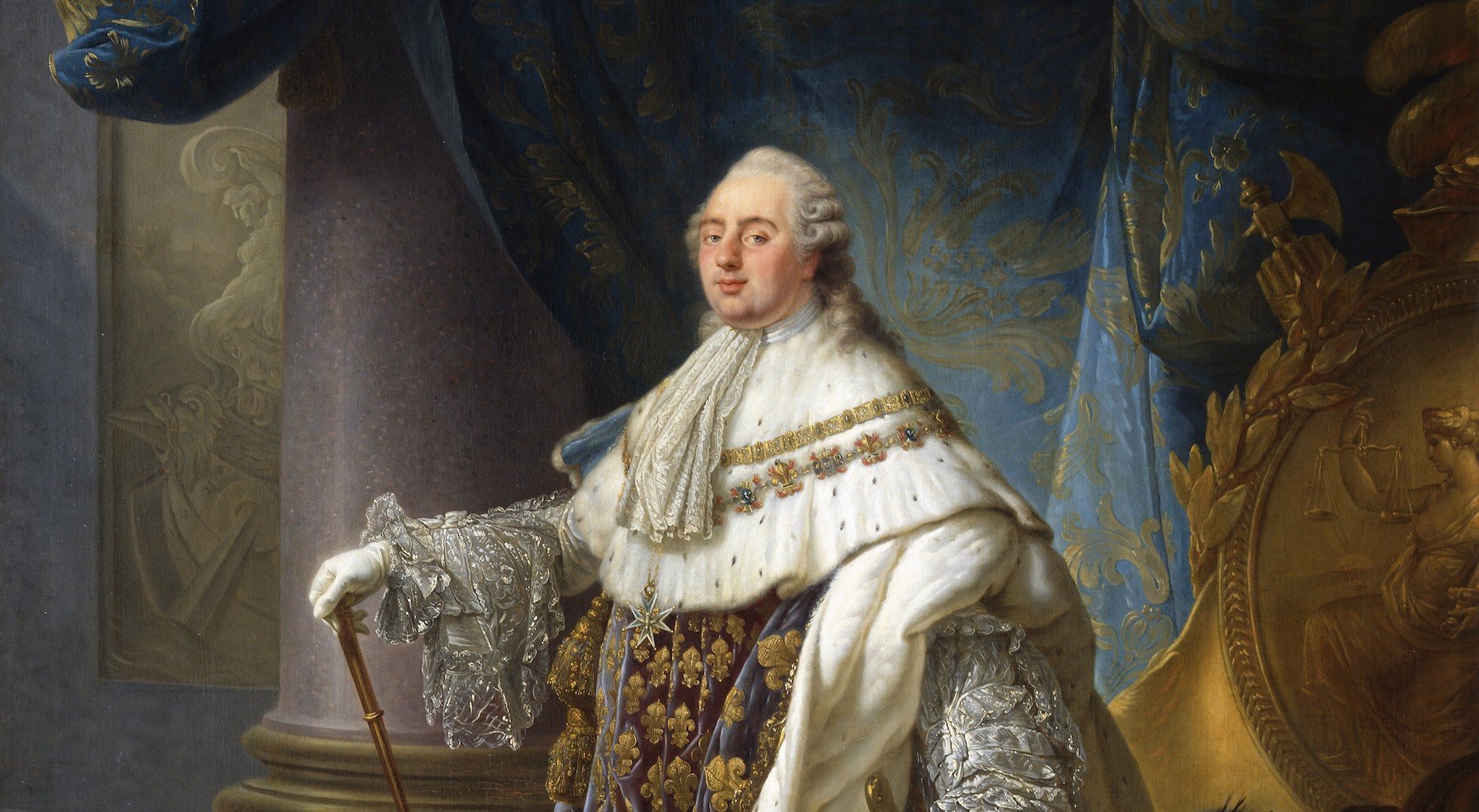
The Old Monarchic Regime
The French Monarchy was an absolute monarchy. The kings’ power was not limited by any representative body, such as Parliament, since they considered themselves to be responsible only to God.

1 of 6
The Bourbon dynasty dominated the history of France for almost four centuries. It started with Henry IV, King of France and Navarre, who laid the foundation of the absolute monarchy and eased France of internal wars between Protestants and Catholics. It ended with Henry V whose reign lasted only seven days because of the revolutionary disturbances France was passing through. The dynasty lives on today in the kings of Spain and Luxembourg.

2 of 6
The French monarch's power was not despotic, since this was prevented by both the laws and the customs of his kingdom. There were several independent bodies, such as the Assembly of the Clergy, counselors, and especially the superintendent of finances.
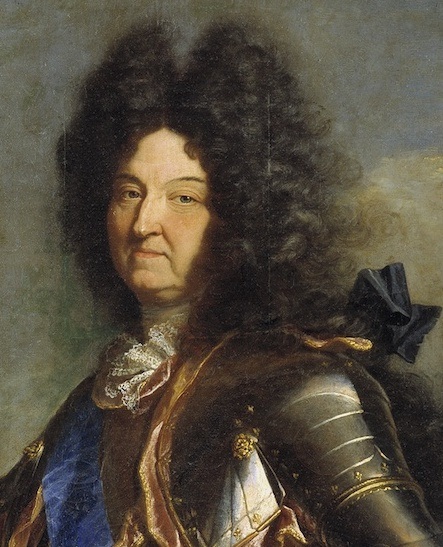
3 of 6
Louis XV involved France in a series of wars which led to the loss of almost all French colonial territories to England. From this moment, France began to enter an economic and financial crisis. Louis XVI of France's Bourbon dynasty was also called ‘the Sun King’ because he changed the French monarchy into a classic absolutist monarchy. His great-great-grandfather was Louis XIV.

4 of 6
Louis XVI married Marie Antoinette, thus succeeding his grandfather to the throne, but did not succeed in achieving the financial reform France was so much in need of. The French financial system was in full collapse because Louis insisted on defending the privileges of the clergy and nobles.
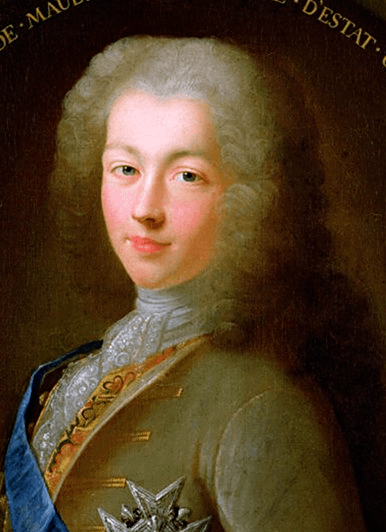
5 of 6
Louis XIV of Bourbon, the French leader, was considered an indecisive and therefore a very influential person, especially by his adviser Jean-Frédéric Phélypeaux Count of Maurepas, who made all important decisions until his death. Louis was also awkward and embarrassed in public. He did not inspire respect, but was still seen with affection.

6 of 6
Louis XVI took a popular measure by giving power back to the parliaments, but obstructed any major reforms.
Marie Antoinette, an Archduchess of Austria, daughter of Emperor Francis I and Empress Maria Theresa, married Louis XVI of Bourbon at the age of fifteen, despite the rivalry between the two countries. The rivalry was caused mainly by France's defeat in the Seven Years’ War, after which it lost most of its colonies.
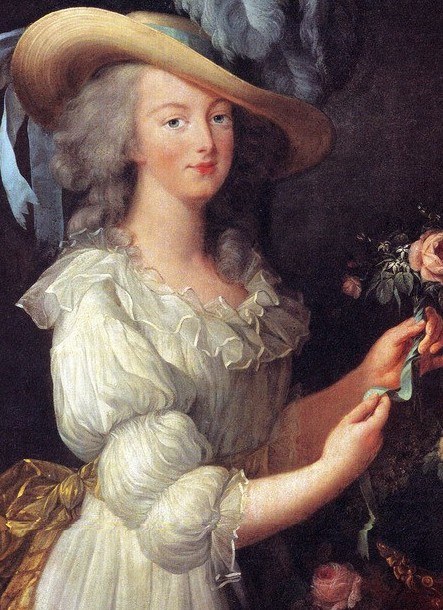
1 of 3
Marie Antoinette had a very controversial personality because of her decadence and extravagance, but also because of the frivolous circle of favorites gathered around her at court. She had the firmness Louis lacked but was considered frivolous and arrogant.
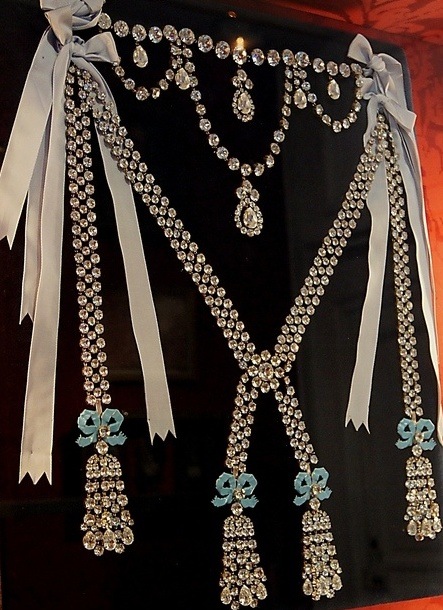
2 of 3
She was unjustly implicated in the diamond necklace affair, which discredited the monarchy. She also managed to accumulate half a million pounds of gambling debts in just one year. Her brother-in-law, the Count of Provence, gave her the nickname of Madame Déficit. Her decadence and arrogance attracted general hatred and thus contributed to the onset of the revolution by increasing antipathy towards the monarchy.

3 of 3
After the outbreak of the French Revolution, the King's decisions were influenced by her. She advised Louis to oppose the attempts of the National Assembly to limit the royal prerogatives. She became the target of the revolutionaries, who attributed to her the famous reply "Let them eat cake!" upon learning that the peasants had no bread.

The influence of the Enlightenment on the Revolution
The Enlightenment and its era, transformation of the monarchy, apparition of Deism, new political and economic values in society, Enlightenment personalities, public opinion

French Society
French society in the 18th century was divided into orders or estates. Clergy formed the first estate, nobles the second, while the third estate included the rest of the population, made up of the bourgeoisie, peasants and urban laborers.

Causes of the Revolution
The origins of the French Revolution can be traced back to four revolutionary movements in the latter part of the 18th century. These movements shook French society and royal power to their foundations.

The revolution
Reforms of the Constituent Assembly, the declaration of the rights of man and of the citizen, conflict between the king and the National Assembly, secularization of church wealth, the Jacobin and the Cordeliers Club, the 1791 Constitution, Champ de Mars.

Removal of the monarchy and the Paris Commune
War-time fragility, La Fayette’s Revolt, the homeland in danger, inauguration of the Revolutionary Commune, the fall of the monarchy.

The revolutionary government and the Terror
The guillotine remains the symbol of the Terror. Power struggle: Girondist and Jacobins. September massacres. Trial of Louis 16th. Dechristianisation.
- Duncan Townson, Franţa în revoluţie, Ed. All Educaţional, Bucureşti, 2000
- coord. Cornelia Marinescu, Ilieş Câmpeanu, Enciclopedia Universală Britannica, Ed. Litera, Bucureşti, 2010, vol. 10, 13
- Roberts J.M., Modern Historz, Ed. Duncan Baird Publishers, Londra, 2007
- Marinela Elena Bogdan





